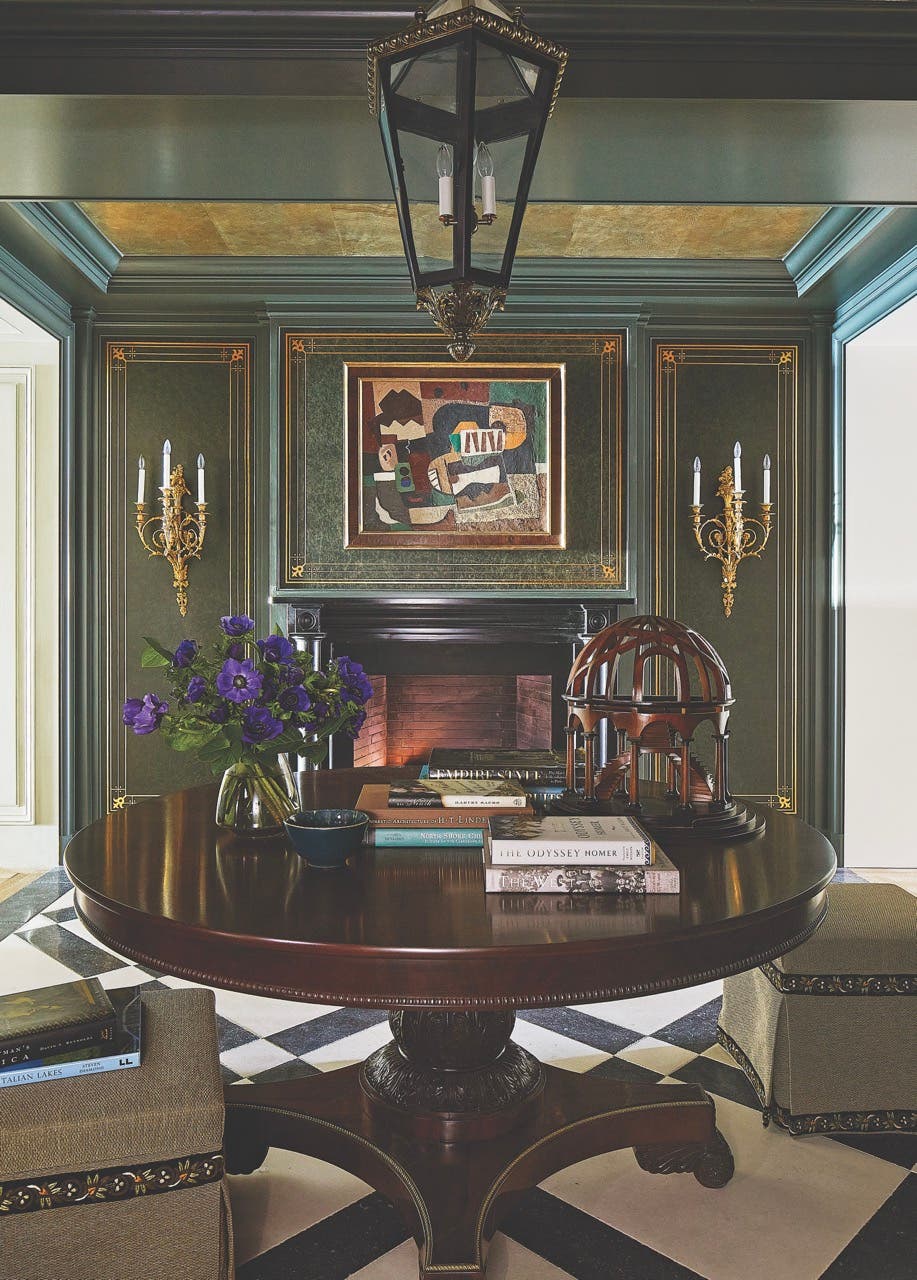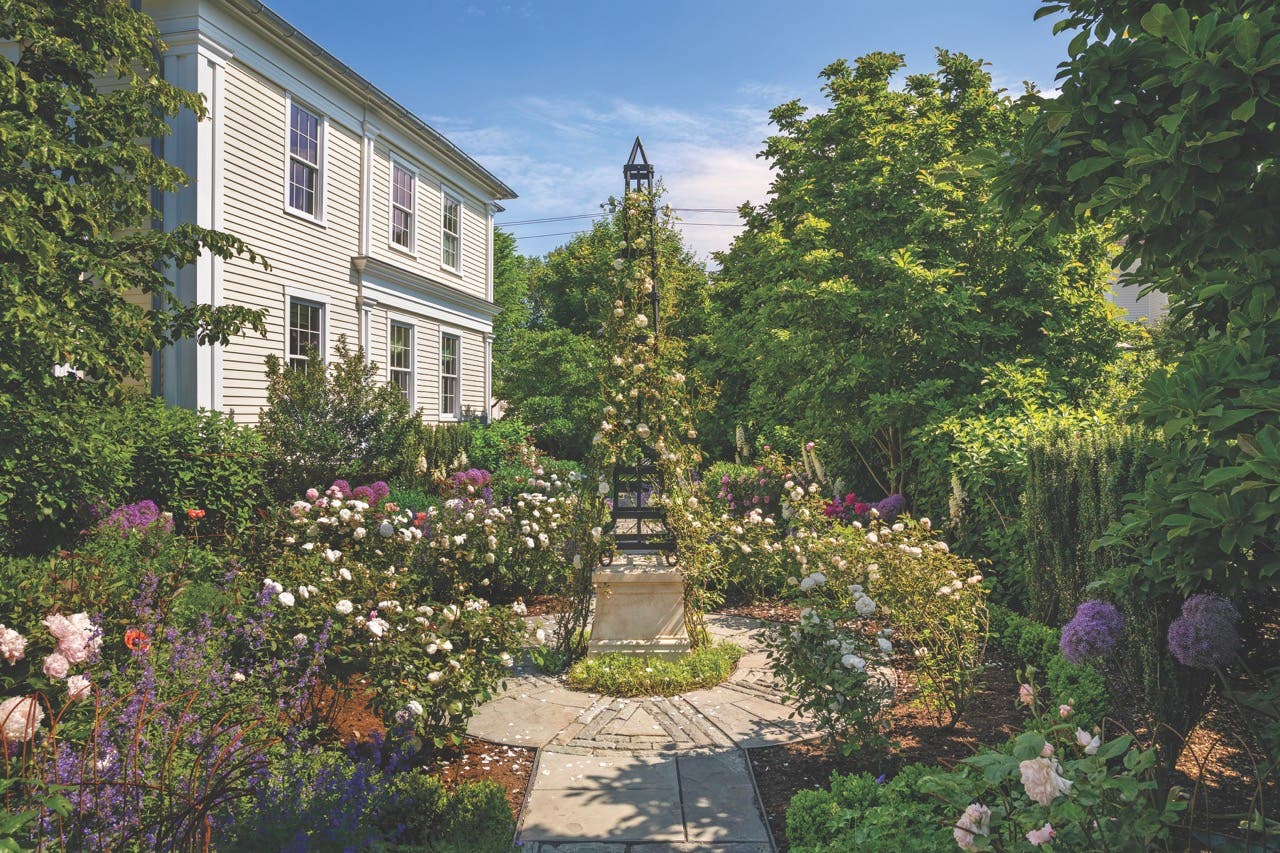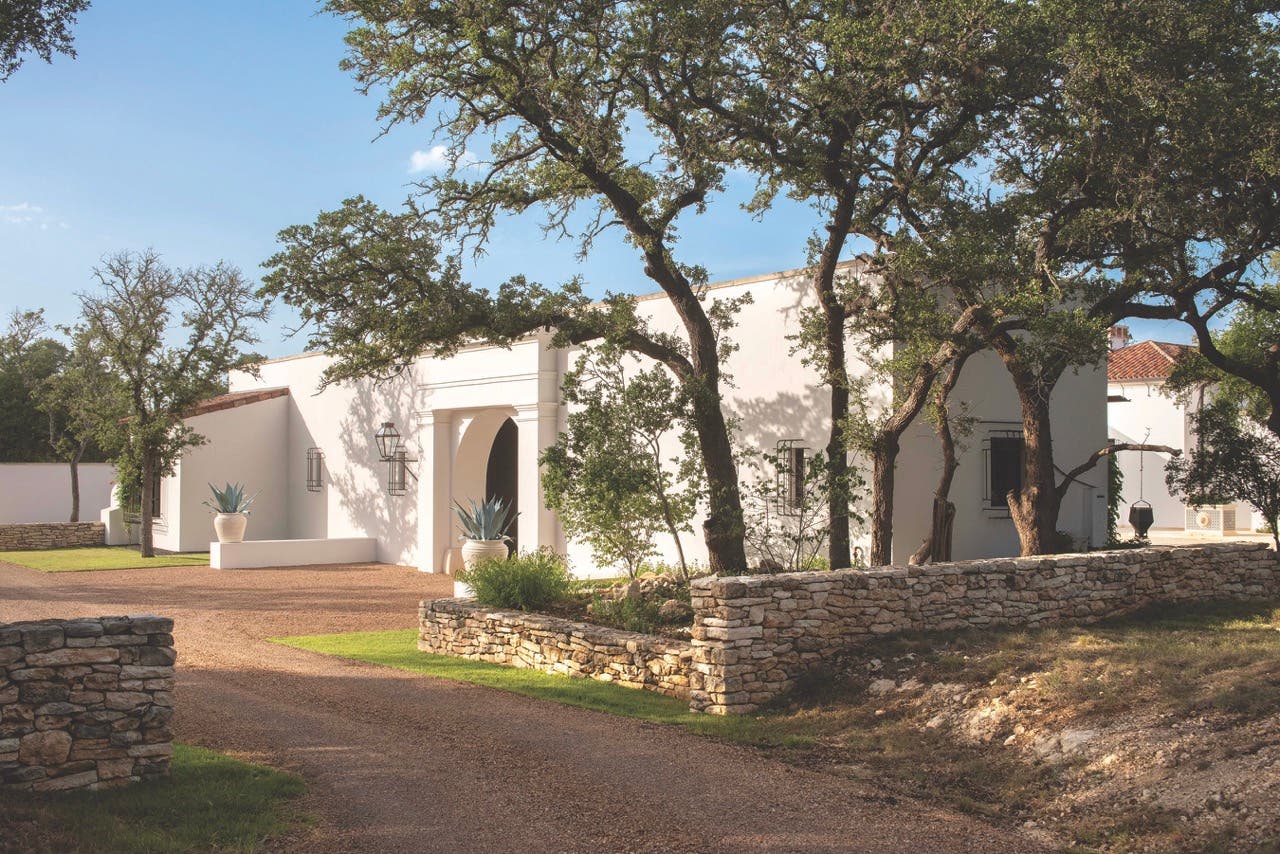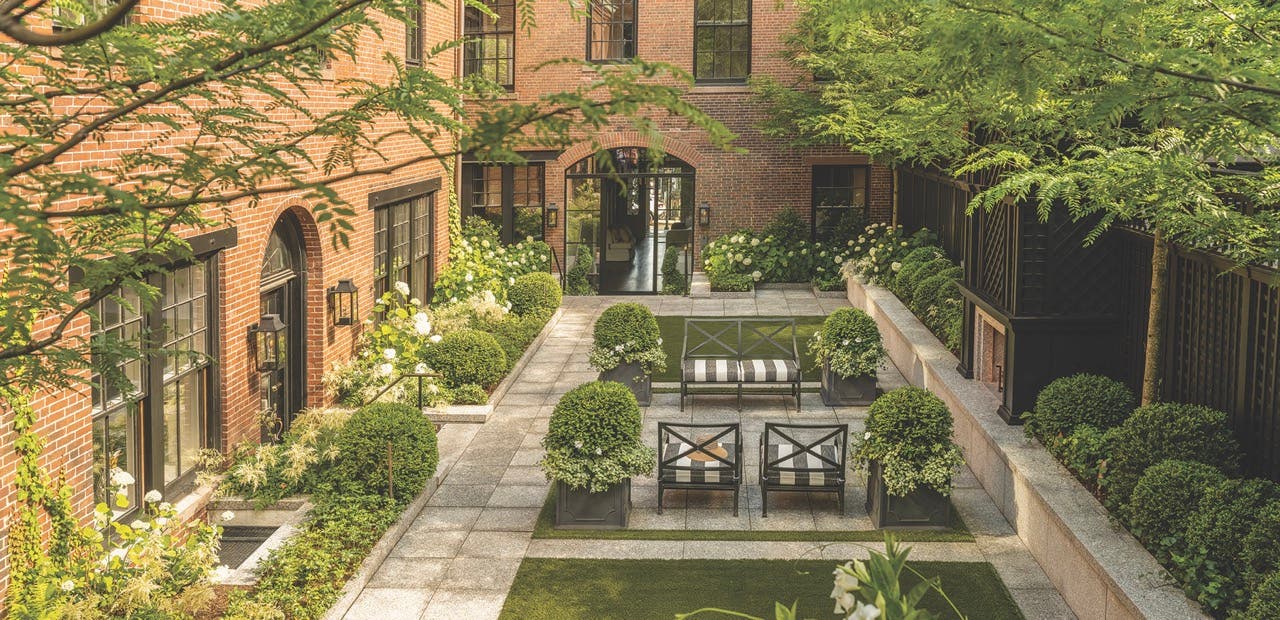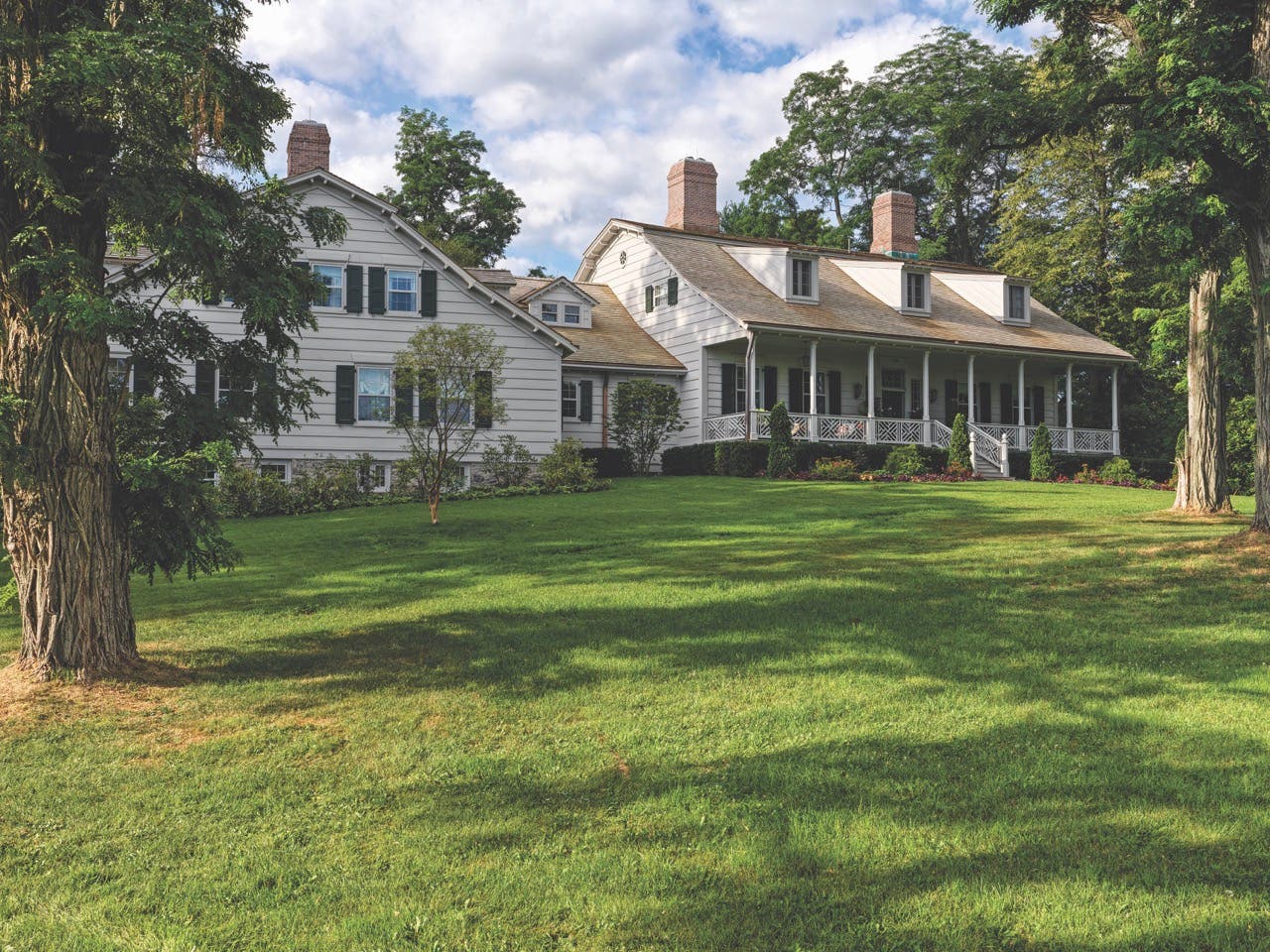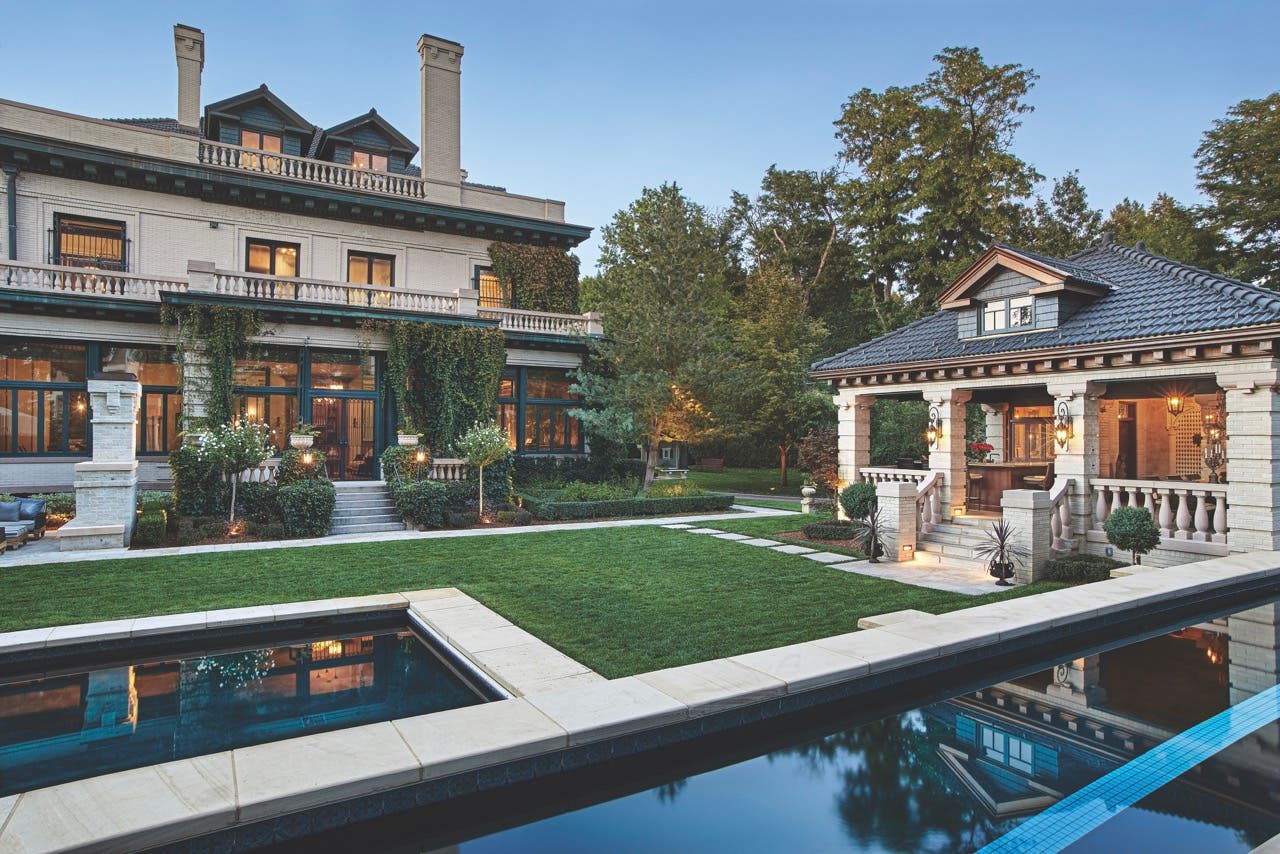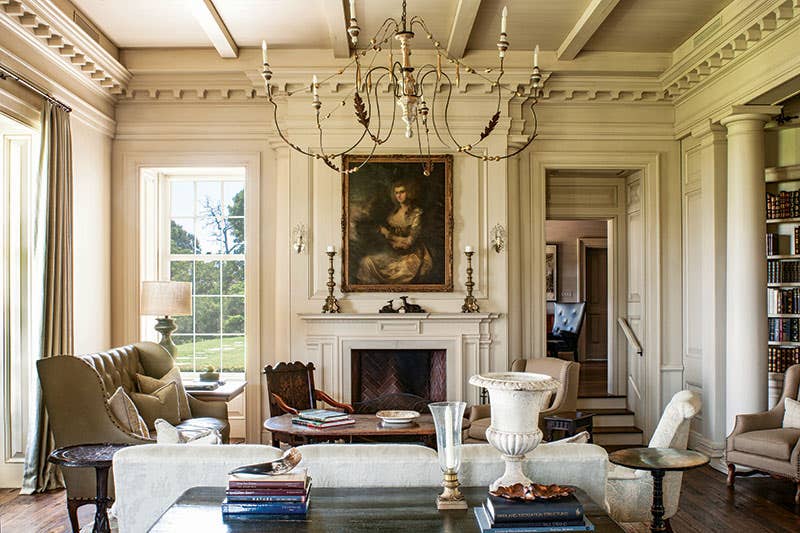
Palladio Awards
Curtis & Windham Architects’ Longwood Farm in Texas
2015 PALLADIO AWARDS
New Construction: Over 5,000 Square Feet
Winner:Curtis & Windham Architects
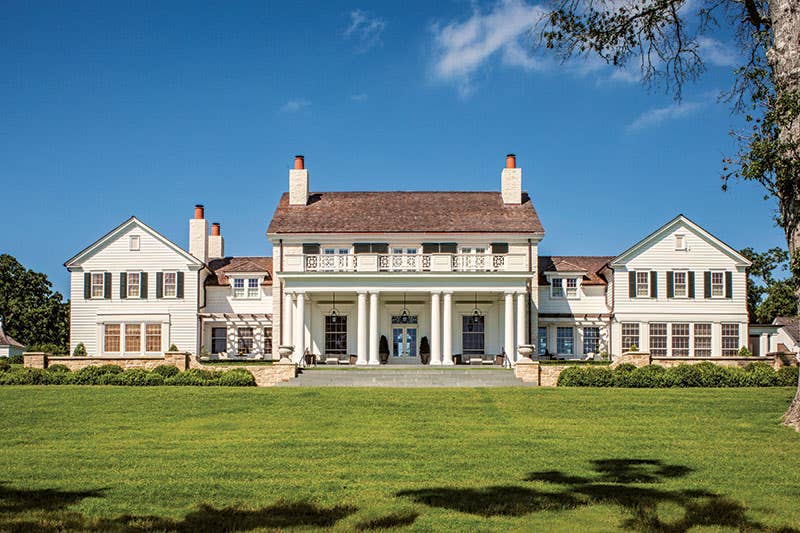
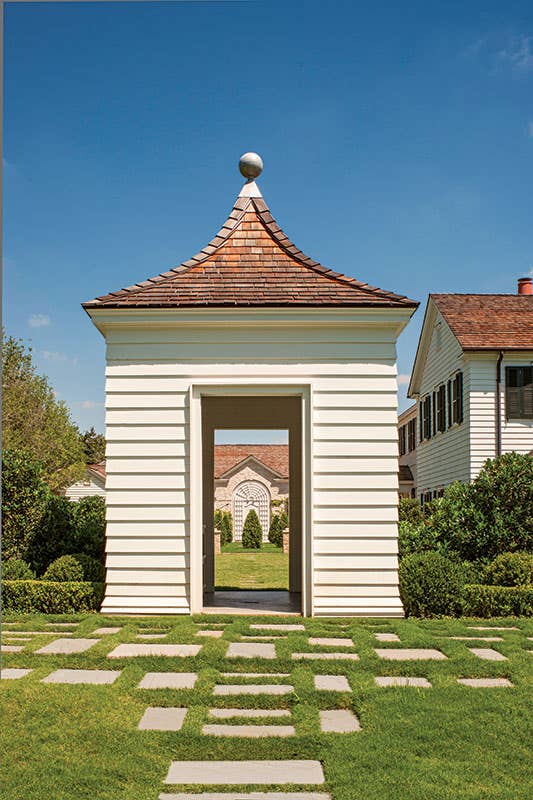
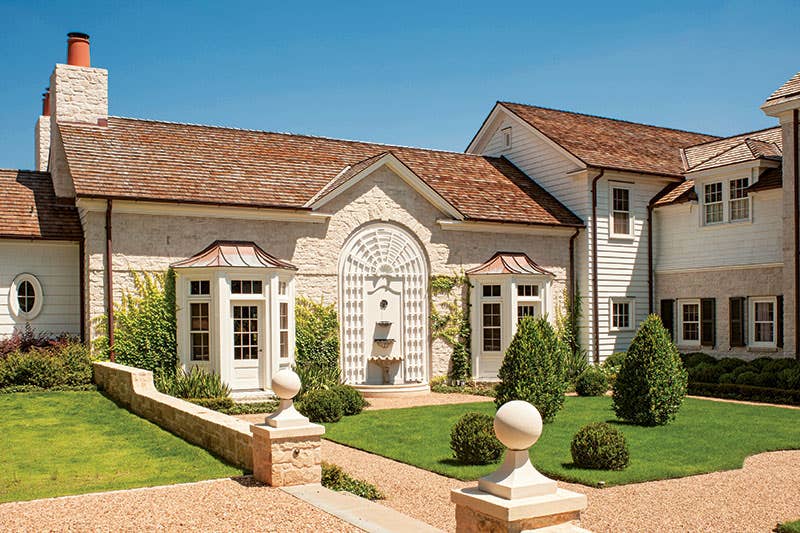
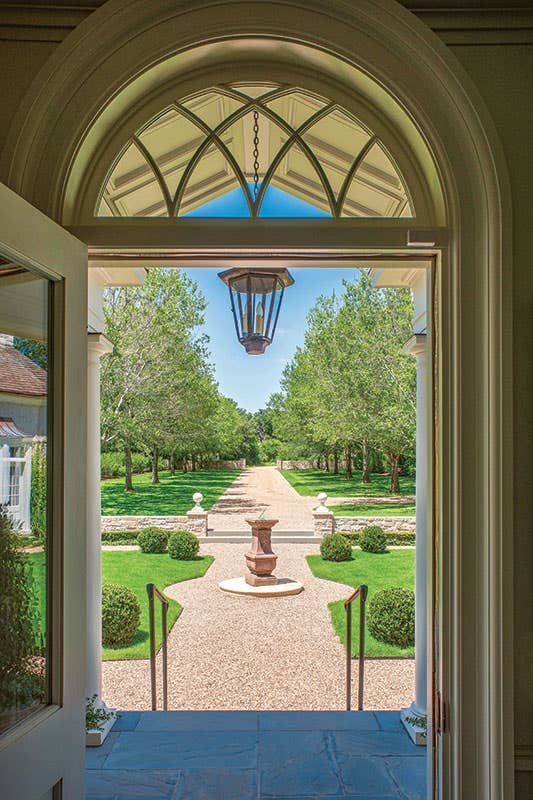
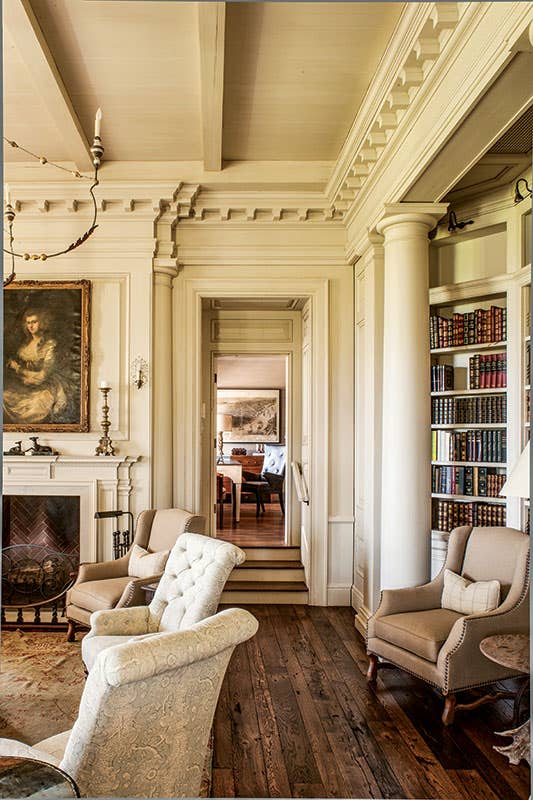

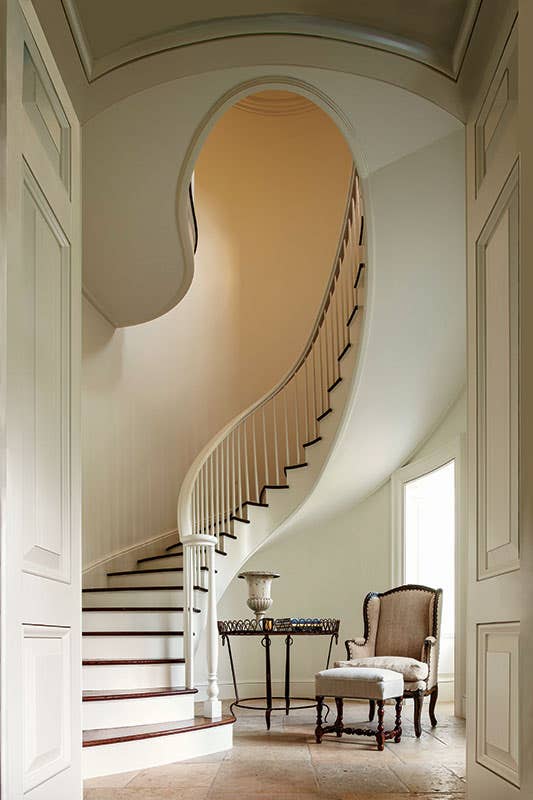
Built between 2010 and 2012 and located on the outskirts of Texas Hill Country, 171- acre Longwood Farm is a masterful “choreography of experiences.” The irregularly shaped wooded property on the valley’s edge enjoys a park-like setting, which principal architect Russell Windham describes as the “most feathered part of the hill country.” The former horse farm-turned family retreat evokes the spirit of an English manor while giving a solid nod to the vernacular.
Project:Longwood Farm, Hill Country, TX
Architect: Curtis & Windham Architects, Houston, TX; Bill Curtis and Russell Windham, principals
Exterior Stone: Texas Leuders Limestone
Custom Exterior Windows:
MRJ Wood Products
Exterior Porch Columns:
R. B. Ratcliff & Associates
Flooring: Mason’s Mill
Interior Door & Cabinet Hardware:
Fixtures & Fittings, Houston
Plumbing: Fixtures, Fixtures & Fittings,
Houston
Exterior Door Hardware:
The Nanz Company
Appliances: K & N Builder Sales, Houston
Louisiana natives who spent more than a decade in London, the clients—she a historic preservationist and he a financier— both adore architecture, particularly that associated with the English country home. “They didn’t want to build an English house,” says Windham, “it needed to be regional but they liked the notion of developing the landscape fully.”
The approach to the house is key: visitors come off a little lane and catch glimpses of the sweeping valley as they move towards the house. They duck into the woods, meander and weave uphill, get up to the highest point of the property, and make a strong turn out of the woods to enter an allée of 12 mature water oaks.
“When you come out of the forest and onto this allée, it kind of sets up the house,” says Windham. “It screens and scales [it] down to make it seem smaller and vernacular to the region.” There is also a cutting garden, which “formalizes” the overall effect and reflects the clients’ adoration of the English estate.
The house itself is a simple gabled mass with equal side wings. The central section is on axis with the drive, while the view axis extends through the house and out to the back porch. To lend the principal part of the structure a timeworn look, it was coated with tumbled Texas Leuders limestone and finished with a thin coat of parging. Elsewhere, they used clapboard to give the impression that the house had been built onto over time. “It helps you scale each one of the pieces down so the overall isn’t so large,” says Windham. “A lot of times, when working in the countryside, the scale of the landscape is so large and overwhelming that you have to make an enclosure so you get a sense of place, otherwise you are kind of lost.”
In collaboration with interior designer Ginger Barber, Curtis and Windham ensured rooms were first and foremost defined by changes in scale, proportion, and detail. Entering the main hall, and descending down four steps (which enabled them to get a 14-foot ceiling) into the Great Room one is faced with painterly views of the lake, woods, and meadows.
The voluminous space is distinguished by the use of a full Order, simple moldings, and a light neutral palette of paints, stains, and plasters. “It has a Great Hall sort of scale, more classical and formalized English architecture,” notes Windham. However, exposed joints and imperfections lend a welcoming informality to the otherwise highly refined room.
Married to its environs, the home takes full advantage of pre-existing woodlands, open meadows, tracts of wildflowers, and a central creek. A thoughtful editing of the landscape opened views through former thickets, and a sequence of vistas unfolds and ends on an axial perspective of the entry façade. Today, French doors open onto views of 40 to 50 miles of Texas landscape.
Notable features include a double-height back porch overlooking a lawn terrace; a parterre garden near the house; native grasses on the middle-ground hillside; and a small pond—formed by damming the natural creek—all of which lend English character to the landscape. A pool and pool house, which serves as a kind of guesthouse, are notable as the first phase of the project. Additionally, ancillary elements like the stone-clad dam and Dam House, a screened Yoga Pavilion, and a Tea Pavilion provide structure.
Footpaths lead the way to varied destinations including a fire pit, a fishing dock, a bridge, and the woods. Combined, these components express the design intent, based on a traditional English model: to live and entertain on a rural property. In fact, special consideration was given to accommodating large numbers of people. For instance, the frontal allée was planted with enough space between each water oak to allow for the parking of two cars (shaded from the Texas heat), thus eliminating the need for a large motor court.
Inserting a large house and significant landscape gestures in such a way as to make them feel they had always been there proved a significant challenge.
The idea was to create “focused moments” that relate to the bigger spatial experiences on the site. A 10-foot grade change also presented a hurdle when it came to building the hilltop house; it was mitigated by stepping the interior floor plates of the house and surrounding gardens, as seen in the Great Room and formal forecourt garden. The pitch of the landscape falls toward the valley so they kept the scale of the house modest on the uphill side.
The most complex undertaking was the pond, made possible by a stone and concrete dam, which provided the additional advantage of a spillway that now contains running water most of the year.
“They didn’t want a grand house,” notes Windham. “It’s sort of grand in its size but they didn’t want it to be a high house… They wanted it to be more of a farm house.” Longwood Farm is exactly that, with an elegant twist.



